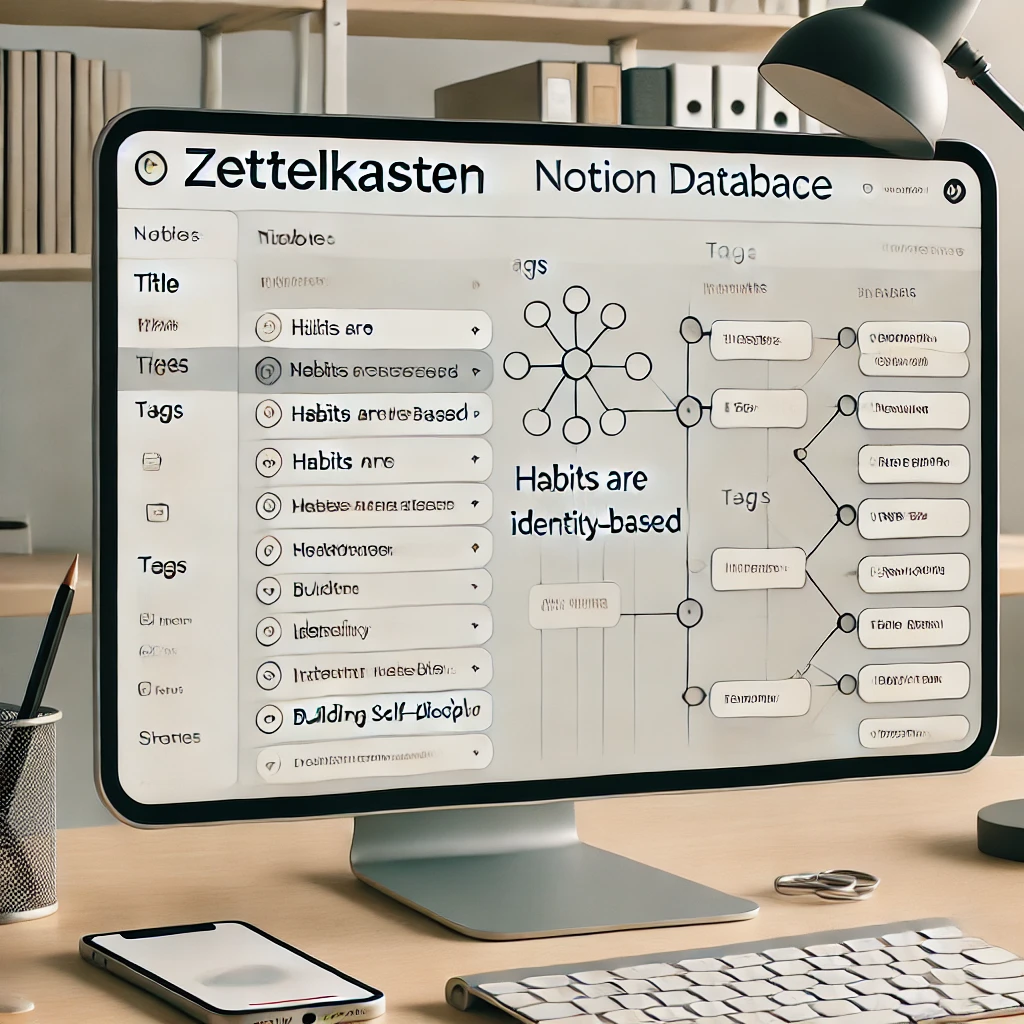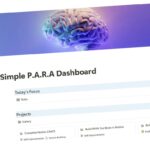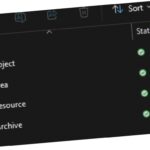
A Step-by-Step Guide to Building Your Personal Knowledge Hub
Hi ,
Imagine having a system that effortlessly organizes your thoughts, connects your ideas, and amplifies your ability to create. That’s the magic of Zettelkasten—a time-tested note-taking method designed to supercharge your thinking.
In this week’s issue, I’m walking you through setting up your first Digital Zettelkasten in Notion. Whether you’re a student, a writer, or just someone who loves to learn, this is your guide to start capturing and connecting ideas like a pro.
What is a Zettelkasten?
At its core, Zettelkasten (German for “slip box”) is a method for storing and linking ideas. Developed by sociologist Niklas Luhmann, this approach emphasizes creating atomic notes (each capturing a single idea) and connecting them through meaningful links.
When digitized, Zettelkasten becomes even more powerful, thanks to tools like Notion that make it easy to organize and retrieve notes.
Step-by-Step Guide: Building a Zettelkasten in Notion
1. Create a Notes Database
- Start Simple: Create a Notion database called “Notes.” Use a table view to begin with—it’s clean and functional.
- Set Up Key Properties:
- Title: This will be the note’s name, ideally short and descriptive.
- Tags: Add a multi-select property to categorize your notes.
- Source: Use a text property to track where the idea came from (e.g., a book, podcast, or personal insight).
- Link to Other Notes: Use a relation property to connect this note with others in your database.
2. Write Atomic Notes
Each note should focus on one single idea—no rambling!
- What Makes Atomic Notes Unique? Unlike traditional notes, which often summarize entire chapters or concepts, atomic notes distill just one idea into a standalone, concise format. This focus allows you to connect and repurpose ideas more flexibly.
Example: Instead of writing “Everything I learned from Atomic Habits,” create a note titled “Habits Are Identity-Based.” This specific note can link to other related notes, such as “Identity Shaping in Habit Formation” or “The Role of Environment in Building Habits.”
3. Build Connections
Zettelkasten shines when notes are linked.
- In your “Link to Other Notes” property, connect a note to any other related ideas.
- Example: If you’ve written a note on “Habits Are Identity-Based,” link it to a note on “Building Self-Discipline.”
4. Use Templates for Consistency
Create a Note Template in Notion to save time:
- Title: [Idea Name]
- Tags: [Optional Tags]
- Body: [Write your main idea here in 3–5 sentences.]
- Links: [Connect this note to others.]
5. Review and Expand
Set aside time weekly to revisit your notes:
- Add new links as you discover connections.
- Expand notes with additional insights or evidence.
Bonus Tips for Mastery
- Start Small: You don’t need hundreds of notes to benefit. Start with ideas you’re already excited about.
- Stay Curious: Treat this as an ongoing conversation with yourself.
- Leverage Backlinks: In Notion, use backlinks to make your connections more discoverable.
Closing Thoughts
The Zettelkasten isn’t just about organizing notes; it’s about creating a personal idea factory. By linking your thoughts, you’ll start to see patterns and insights that fuel creativity and learning.
If you’re setting up your Zettelkasten this week, hit reply and let me know how it’s going! I’d love to see what you’re building.
Until next time,
Gav
P.S. Got a friend who’s always looking for new productivity tips? Forward this email to them—they’ll thank you later.



